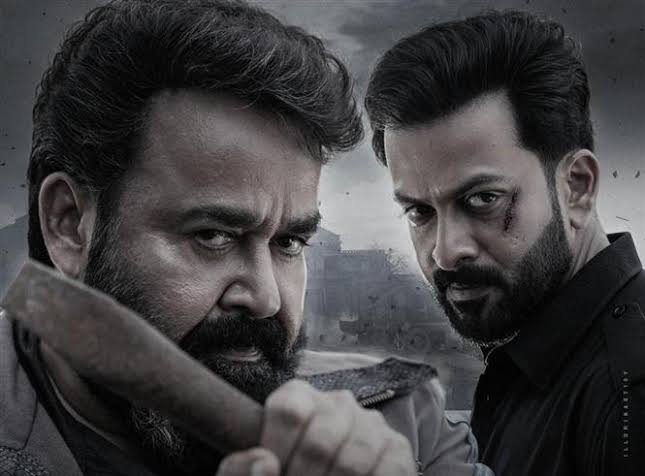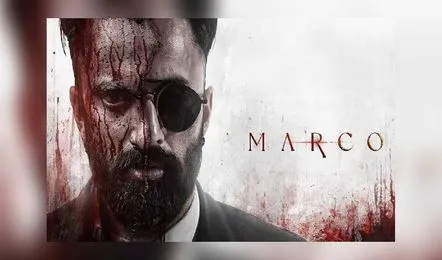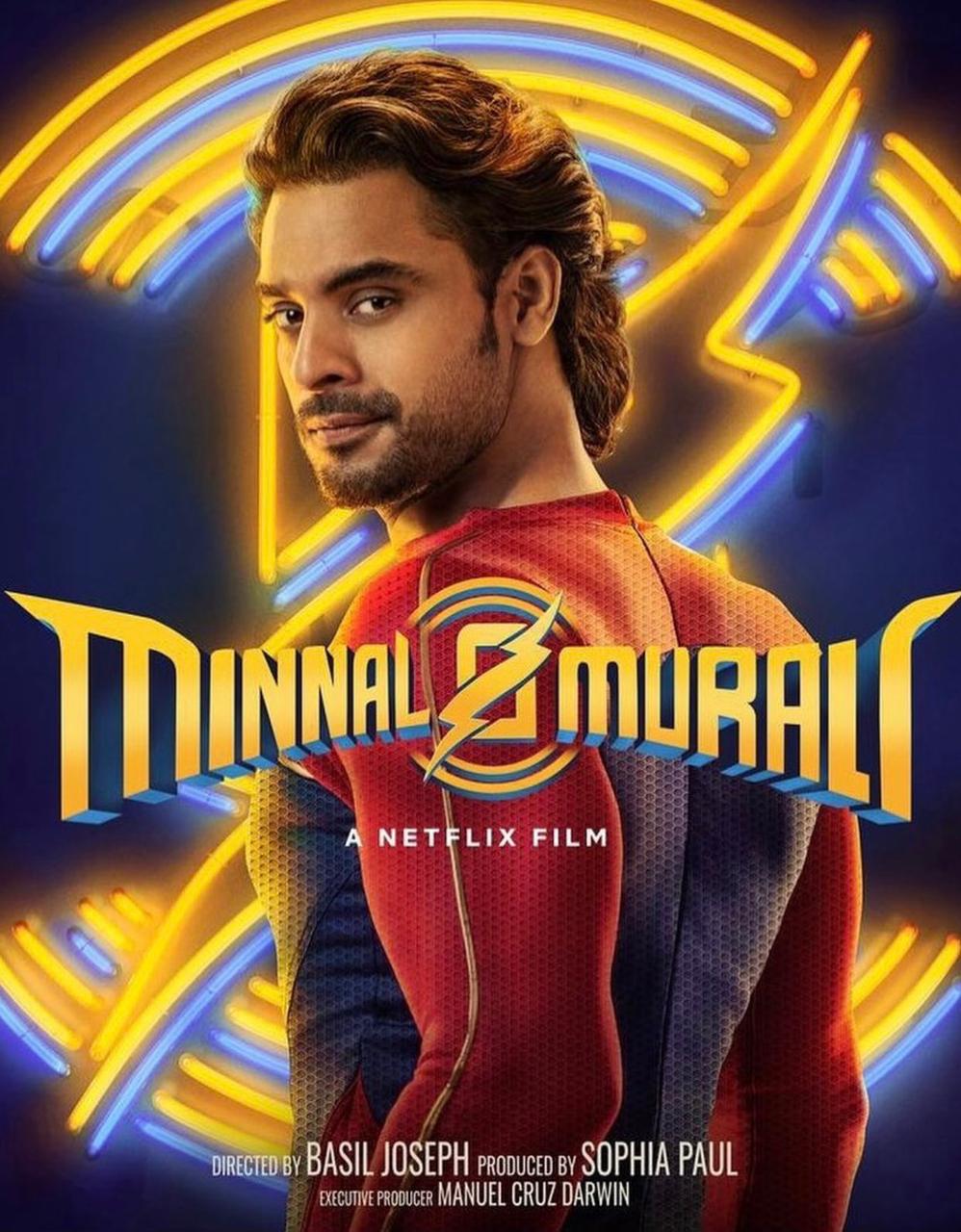L2: Empuraan, directed by Prithviraj Sukumaran and headlined by the iconic Mohanlal, wasn’t just another sequel. It was a phenomenon in the making, a continuation of the political-action thriller Lucifer (2019), and an ambitious attempt to sculpt a cinematic universe in mollywood. With its expansive scale, shadowy power dynamics and global stakes, Empuraan entered theatres in March 2025 with deafening expectations.
But soon after the euphoria, came an unexpected ripple. Not from critics nor box office counters, but from audiences themselves. A storm of debates, allegations, voluntary censorship and emotional responses engulfed the film, making it not just a piece of entertainment but a cultural flashpoint.
Here’s a deep dive into what unfolded!
A Universe Reimagined: The Empuraan Blueprint
At the heart of Empuraan is Stephen Nedumpally, more precisely, Khureshi-Ab’ram, a man with many names, many masks and perhaps, many motives. The film journeys into his mysterious origins, crafting a layered narrative that spans continents and timelines. Political fiction collides with thrilling espionage, and what you get is a dark-brooding tale that sprawls like a political chessboard across the globe.
Prithviraj’s cinematic vision mirrors the scale of global sagas rooted not in fantasy worlds, but in the charged political and cultural fabric of Kerala and beyond. Where Lucifer dropped hints, Empuraan dives deep an origin story brimming with style, substance, and simmering undertones.
When Fiction Brushes Against Reality
Just days after its theatrical run began, certain sequences ignited unrest. What was meant to be a fictional, stylized narrative struck a chord, unintentionally or otherwise, with very real-very painful memories!
The Allegations at a Glance:
- Riot Depictions: Several scenes of communal violence felt parallels to the 2002 Gujarat riots. The resemblances, visual and thematic sparked unease, especially among audiences sensitive to that chapter of history.
- Villain’s Original Name: A character originally named Bajrangi raised eyebrows, given the name’s phonetic closeness to socio-political entities. Some believed it alluded to real-world individuals and groups involved in past communal tensions.
- Timeline Tag: A seemingly innocuous caption ‘India 2002’ was perceived as an overt historical reference, cementing the suspicion that the film was drawing from actual events.
For many, it wasn’t just about creative liberties. The concern was about perceived selective portrayal. Critics pointed out the absence of key flashpoints like the Godhra train incident, leading some to argue that the film was narrating a lopsided version of history.
The Social Media Crossfire
What began in cinema halls soon exploded onto the digital stage. Twitter (now X), Instagram, YouTube! Platforms lit up with takes, threads, reaction videos and memes.
Some viewers hailed the film’s bold storytelling. Others accused it of political bias and religious insensitivity. Heated exchanges played out in comment sections, where reason often gave way to rhetoric. There were fans, critics, neutral cinephiles, political commentators each with their lens, their version of what the film meant or implied. Empuraan had become more than a movie, it had become a mirror and the reflections were wildly different depending on who was looking.
The Creative Response: Recut, Recalibrate, Reconnect
Instead of standing firm, the Empuraan team adopted a thoughtful approach, choosing to address the controversy with calm and introspection. They didn’t wait for legal notices or bans, they acted voluntarily, making surgical edits to scenes that had caused distress.
Here’s What Changed:
- Character Renaming: The antagonist’s name was changed from Bajrangi to Baldev, a shift that sought to remove unwanted associations.
- Timeline Adjustment: “India 2002” became “A few years ago”, a small textual tweak with significant symbolic impact.
- Visual Edits: Around 2 minutes and 8 seconds of sensitive footage was cut. These included riot aftermath visuals, especially those involving children and women.
This edited version was swiftly submitted to the CBFC, which approved the changes. Importantly, no external pressure nor directives led to this recut, it was entirely the filmmakers’ decision to soften potential wounds.
The Voice of the Star: Mohanlal’s Statement of Regret
When a film draws such emotional responses, silence isn’t always golden. Mohanlal, the face of Empuraan, addressed the issue with humility and grace.
“As an artiste, I have never harbored any hatred towards any political movement, ideology, or community… If anyone felt otherwise after watching Empuraan, I deeply regret that.”
This apology wasn’t defensive, nor was it theatrical. It struck a middle note-acknowledging the pain, yet reaffirming the film’s fictional intent. The gesture was met with mixed reactions. Some called it mature, others called it a compromise. But it was undeniably humane!

Audience Verdict: A Dichotomy of Stars
Walk into a theatre or you could scroll through reviews and you’ll see a paradox. Glowing five-star praises sit beside one-star protests.
What’s Being Celebrated:
- Mohanlal’s transformation as Ab’ram, was magnetic.
- Prithviraj’s ambitious direction, threading global scale with emotional beats.
- The slick cinematography and atmospheric world-building.
What’s Being Questioned:
- The realism of the riot depictions.
- Whether the antagonist’s arc crossed into political allegory.
- The film’s line-blurring between dramatization and real-life pain.
Platforms like BookMyShow and Rotten Tomatoes show high average scores, but also host a parallel stream of ideological debates in the comment sections.
Box Office: The Fire Didn’t Scorch the Numbers
Despite the controversy, and perhaps because of it Empuraan stormed the box office. The curiosity created by the edits, the discussions, the buzz, all drove footfalls.
Within a span of the first five days, the film had crossed ₹100 crore globally especially in the Middle East and North America. And today when its past 30 days, film has made over ₹300 crore. It’s a familiar pattern. Controversy may ignite tempers, but it often doesn’t dim ticket sales.

The Lucifer Legacy: What Now for the Trilogy?
Despite the turbulence, the vision remains intact. Empuraan was always the bridge film, the dark middle act of a planned trilogy. The final installment (L3, though unnamed) is already in making.
But this controversy may cast a long shadow on the creative process. Future scripts might face tighter internal scrutiny, more cultural sensitivity checks. Whether that polishes the storytelling or curbs its edge, we’ll have to wait and see!
Reflections Beyond the Reel
What happened with Empuraan wasn’t a media circus nor an orchestrated outrage. It was the organic fallout of a story intersecting with lived histories. When fiction mirrors truth too closely, it can crack the glass. Sometimes that’s beautiful. Sometimes that hurts.
The makers responded with empathy. The audience responded with emotion. And somewhere in the middle, a national conversation happened, not on a news channel, but in theatres and timelines.
In Closing: Let the Story Breathe
Empuraan may have ignited a firestorm of debate, but in doing so, it also reignited our love for cinema as a powerful tool for dialogue. The film not only left viewers waiting for the next chapter, it also reminded us of the intricate relationship between art, history, and the impact of the stories we choose to tell. The true measure of Empuraan’s legacy will be seen in the stories that follow.



